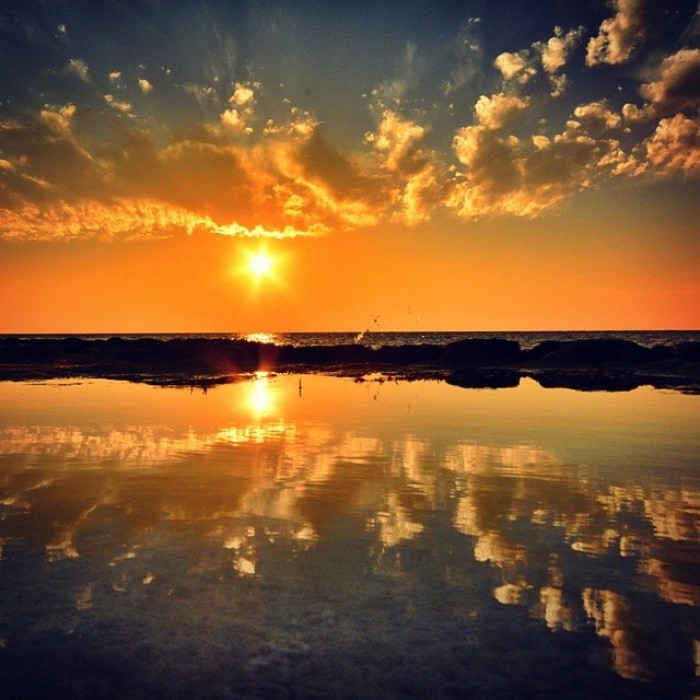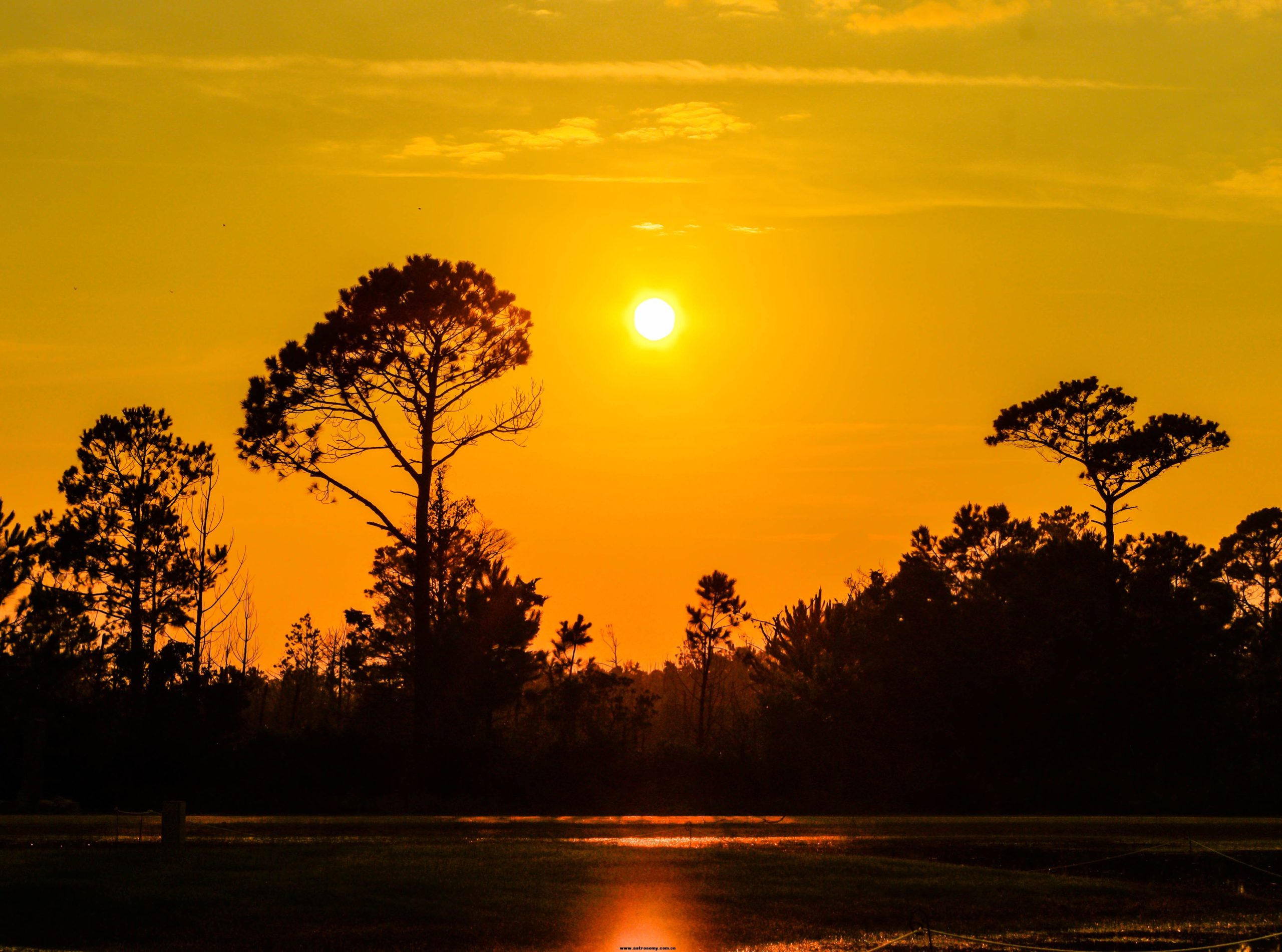The concept of a secondary sunset may seem a bit mysterious at first. It is not the typical sunset that we commonly witness. Instead, it is a phenomenon that occurs when the sun has already set below the horizon, but its light is still refracted and scattered in the atmosphere, creating a secondary display of colors and illumination.

When it comes to shooting the secondary sunset, one must first understand the optimal conditions. It usually takes place in areas with a clear and relatively dust-free atmosphere, such as over large bodies of water or in high-altitude regions. The time after the main sunset is crucial. It might be just a few minutes or up to half an hour, depending on various factors like the season and the location’s latitude.
To capture this unique moment, a photographer needs to be well-prepared. The right equipment is essential. A camera with good low-light capabilities and a wide-angle lens can work wonders. The wide-angle lens allows for a broader view of the sky and the surrounding landscape, enabling the capture of the expansive and often faint colors of the secondary sunset. A tripod is also a must. Since the light is relatively dim during this time, longer exposures are often required, and a tripod helps keep the camera steady, preventing any unwanted blur.
The composition of the shot is another key aspect. Look for interesting elements in the foreground, such as a lone tree, a stretch of beach, or a body of water. These can add depth and context to the image. The secondary sunset colors, which are often softer and more pastel-like compared to the vivid hues of the main sunset, can create a dreamy and ethereal atmosphere. Try to position the camera in a way that balances the foreground with the sky, so that neither overwhelms the other.
In terms of camera settings, start with a low ISO to minimize noise. As the light is fading, you may need to gradually increase the aperture to let in more light. The shutter speed will depend on the overall brightness and the effect you want to achieve. A slower shutter speed can create a sense of motion, for example, if there are gentle waves in the water or light breezes moving the foliage in the foreground. Experiment with different combinations of settings until you achieve the desired result.
Post-processing can also enhance the final image. Adjust the colors slightly to bring out the subtleties of the secondary sunset. Increase the contrast a bit to make the colors pop, but be careful not to overdo it and lose the natural softness. Crop the image if needed to improve the composition further.
Shooting the secondary sunset is a rewarding experience for any photographer. It challenges one to look beyond the ordinary and capture a moment that is often overlooked. It is about finding beauty in the afterglow, in the remnants of the sun’s presence as it bids farewell for the day. Each secondary sunset is unique, and with patience, the right equipment, and a creative eye, a photographer can create images that truly showcase the magic and mystery of this special time of day.
